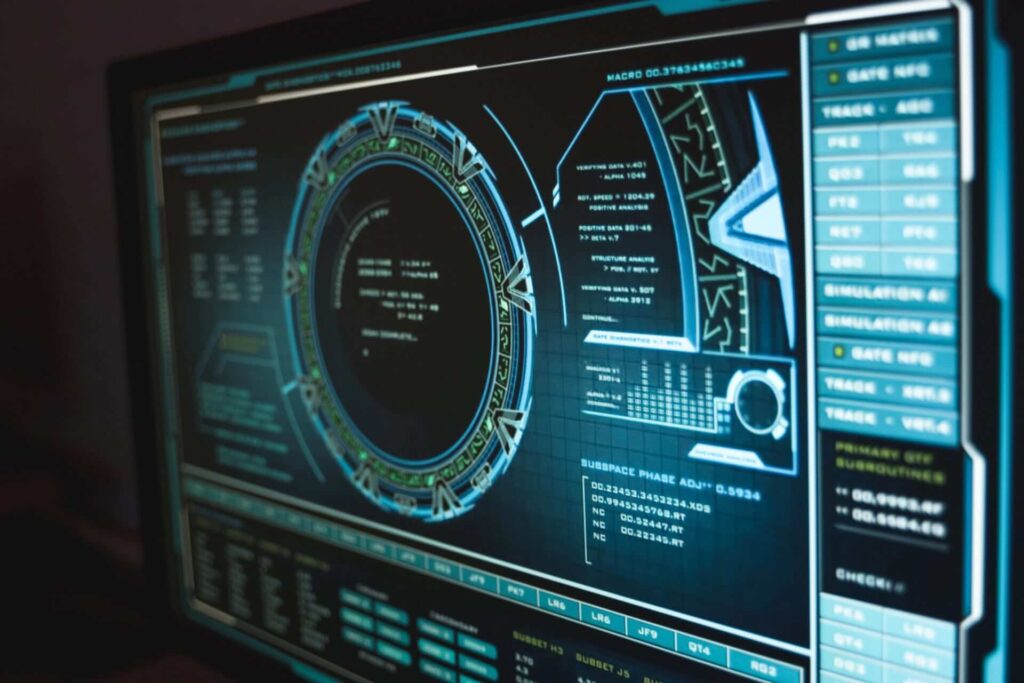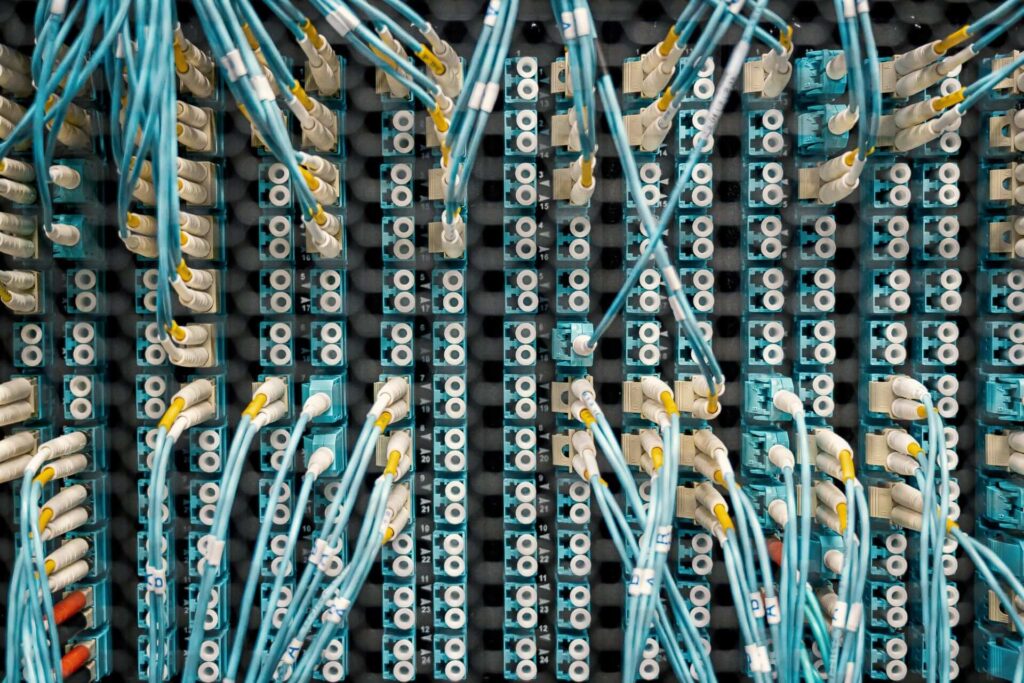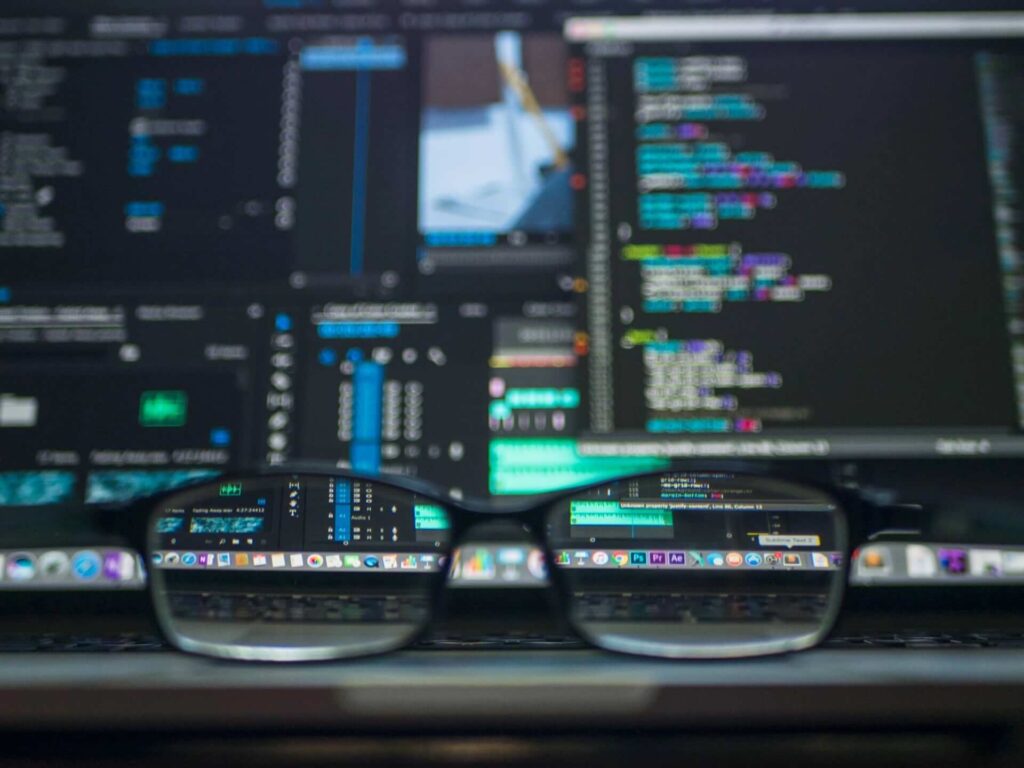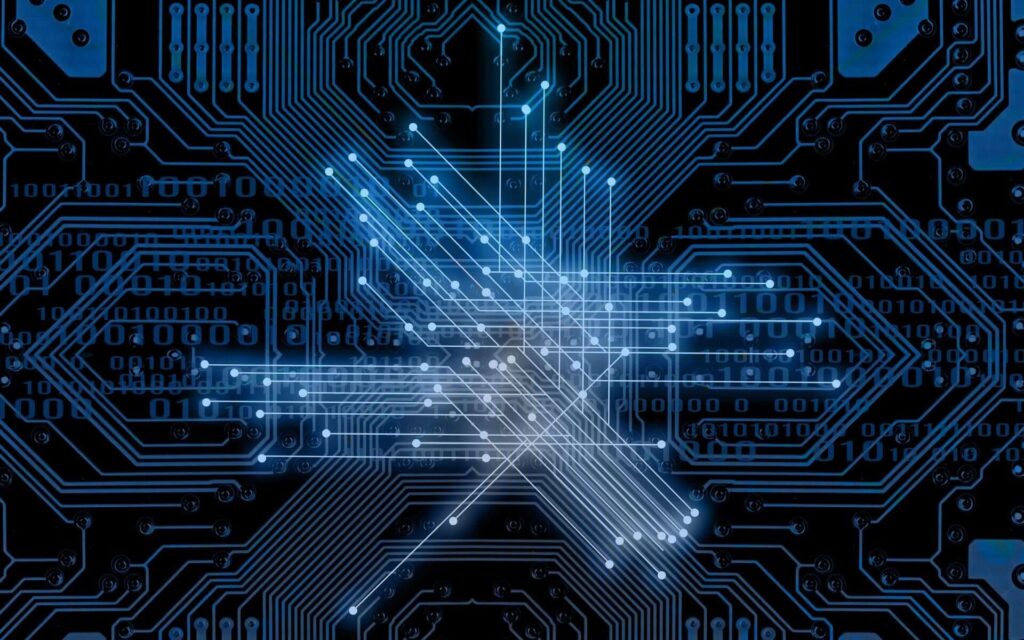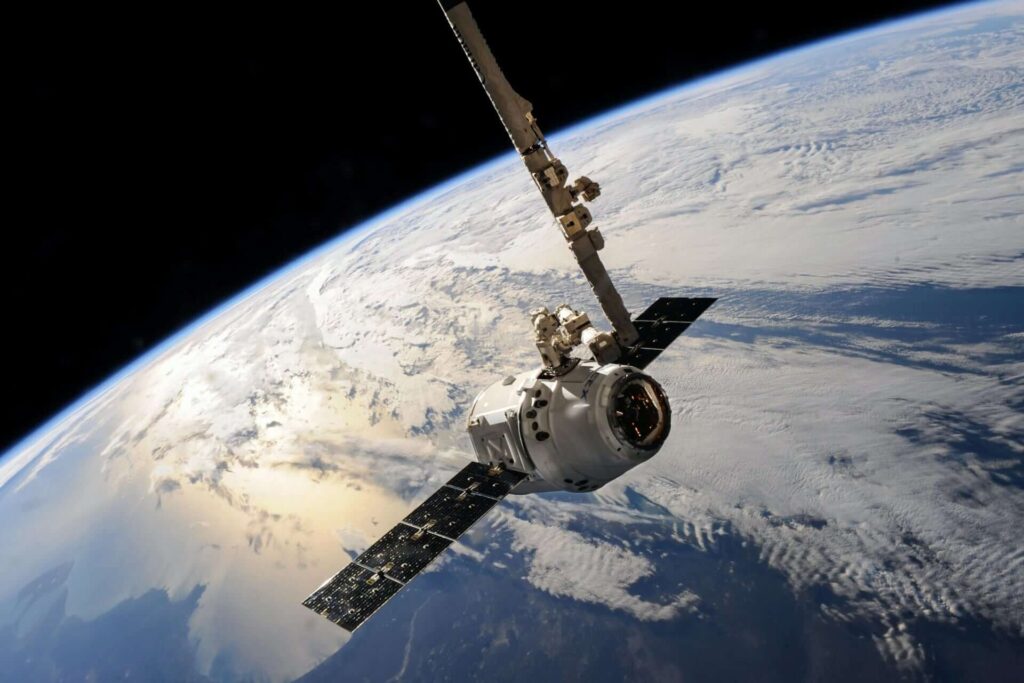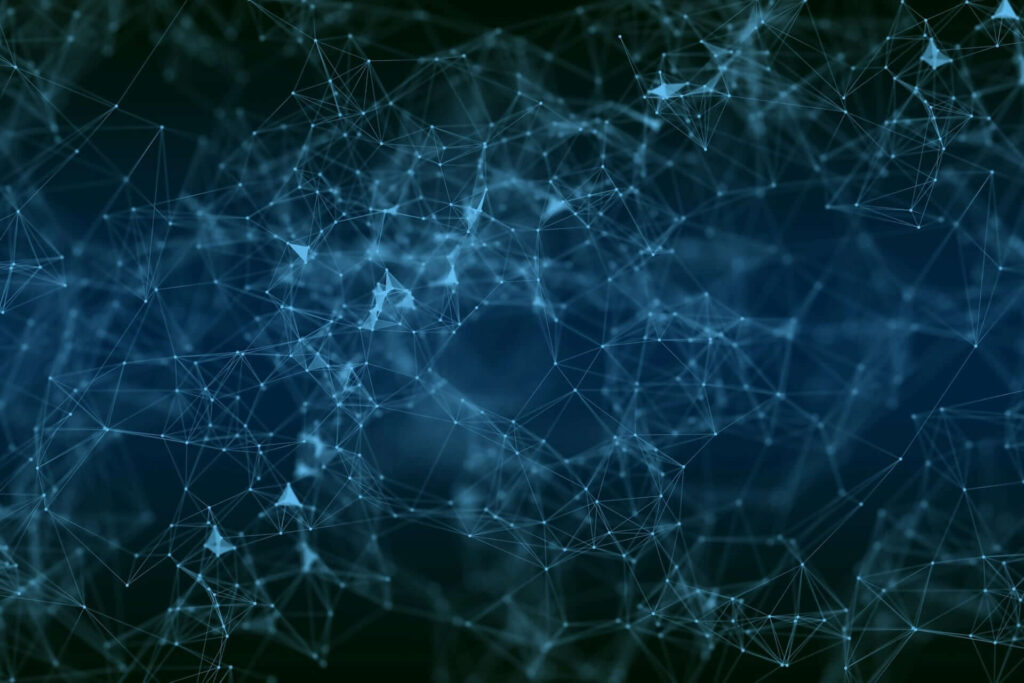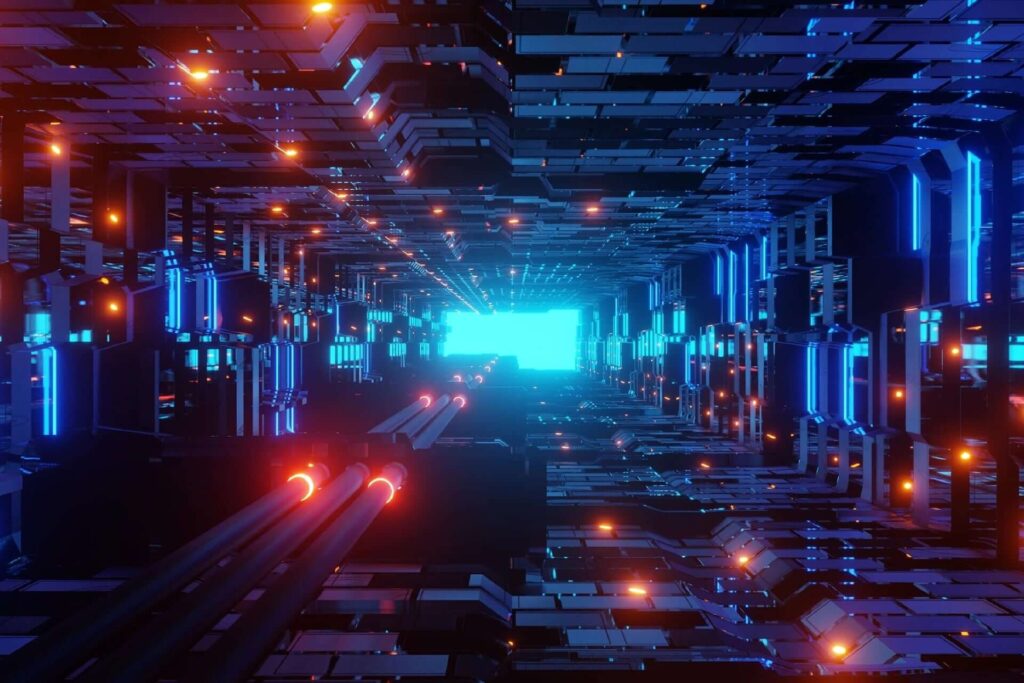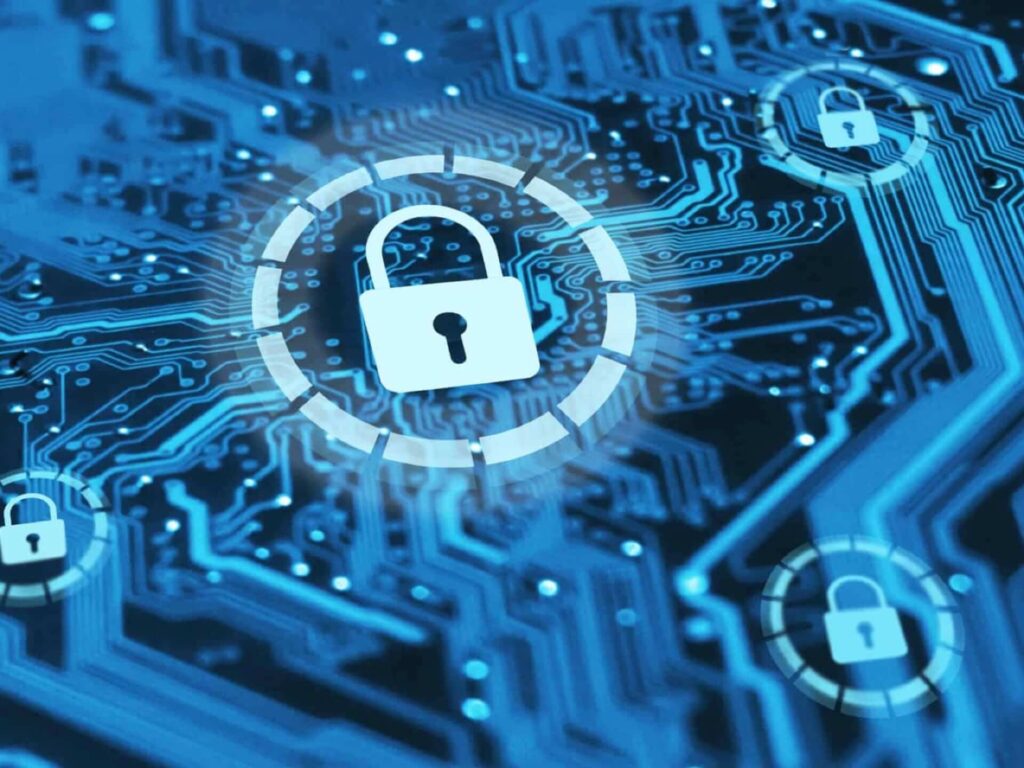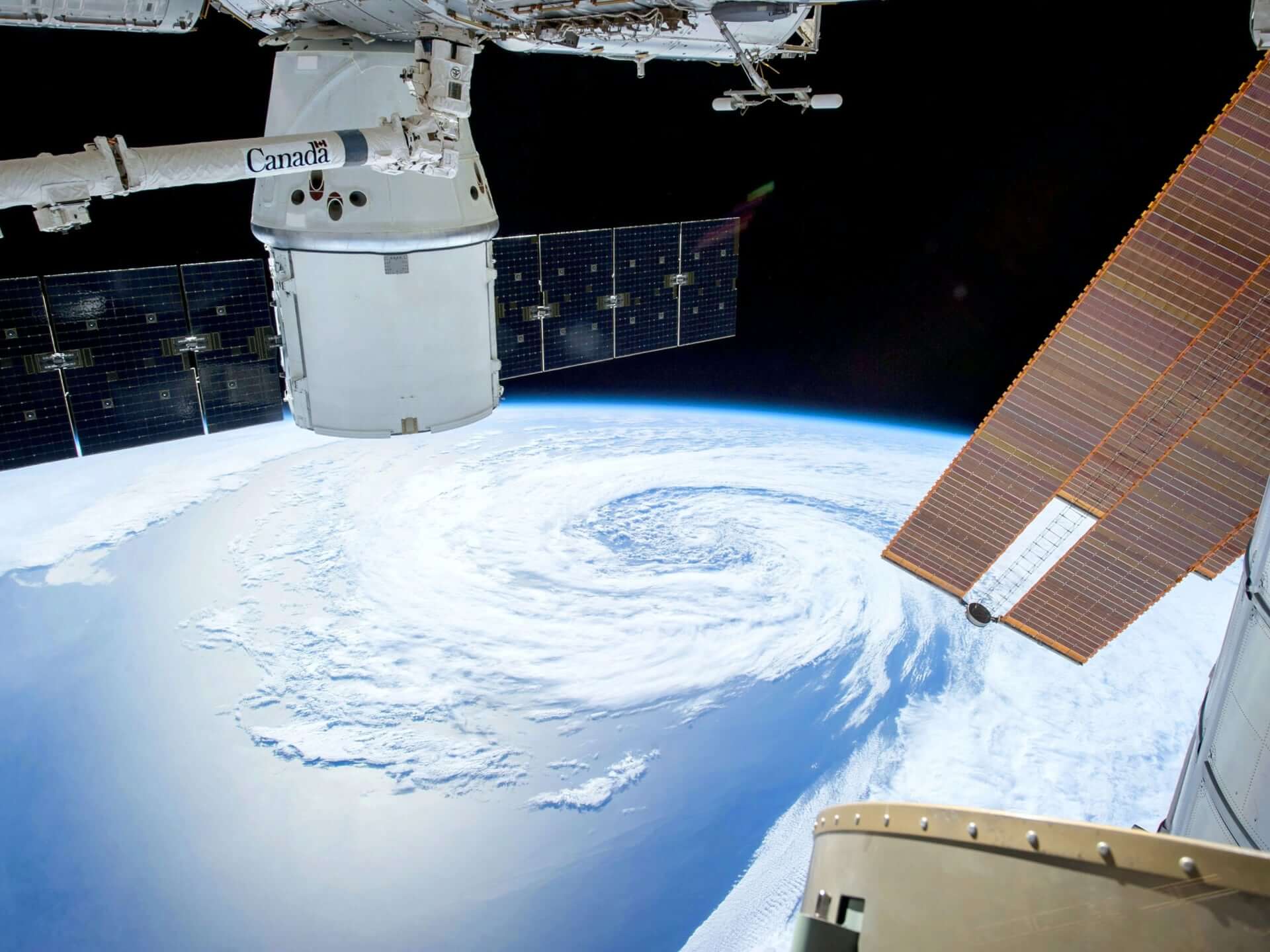
PROJECT
Intermodal Quantum Communications in Free-Space and Fibre
DOCTORAL CANDIDATE
Supervisors
Villoresi (UNIPD), Vallone (UNIPD), Razavi (ULEEDS), Diamanti (SU), Finocchiaro (EUTELSAT)
Objectives
Experimental study and modelling of intermodal quantum communications, aiming at bridging free-space and fibre links.
Expected Results
Efficient free-space to fibre quantum interfaces, qubit preparation, measurement, synchronization, and QBER mitigation. The channel multiplexing and the matching of QKD with fibre network standards for high speed communications will be implemented.
Description
The envisaged framework for global-scale quantum communications networks will comprise various nodes interconnected via optical fibres or free-space channels, depending on the link distance. The free-space segment of such a network should guarantee certain key requirements, such as daytime operation and the compatibility with the complementary telecom-based fibre infrastructure. In addition, space-to-ground links will require light and compact quantum devices to be placed in orbit. For these reasons, investigating solutions satisfying all the above requirements is necessary. This requires to conceive and develop ways to leverage the benefit of both fibre and free- space channels. The intermodal exchange plays a crucial role in QKD between different continental networks, to provide redundancy on the network and to advance the paradigm of untrusted nodes. Recent progress in daylight QKD by UNIPD has extended the application domain and the overlap with the usage of fibre links. In addition, the modelling of key rate in a network of mixed link types will be developed for assessing the capacity of mutual connection with different users even considering the peculiarities of the free-space links. The study of the free-space to fibre integration will be the next necessary ingredient. The expertise and experience of secondment partners are used to increase the chance of success.
Methodology
Initial prototypes will be designed for optical table demonstration, with investigations under real conditions to follow; facilities in Matera and Asiago Observatories will be used appropriately.
Risks
The satellite link is already quite lossy; it is possible that the additional loss because of the interface makes the overall QKD link insecure. We consider using adaptive optics and different types of fiber if needed.
